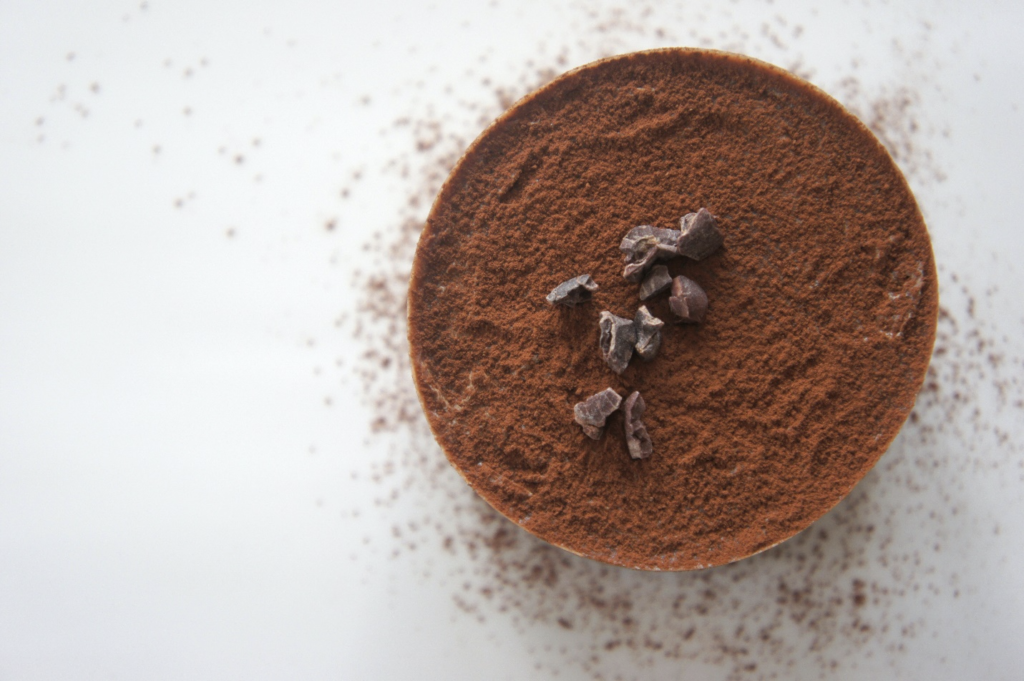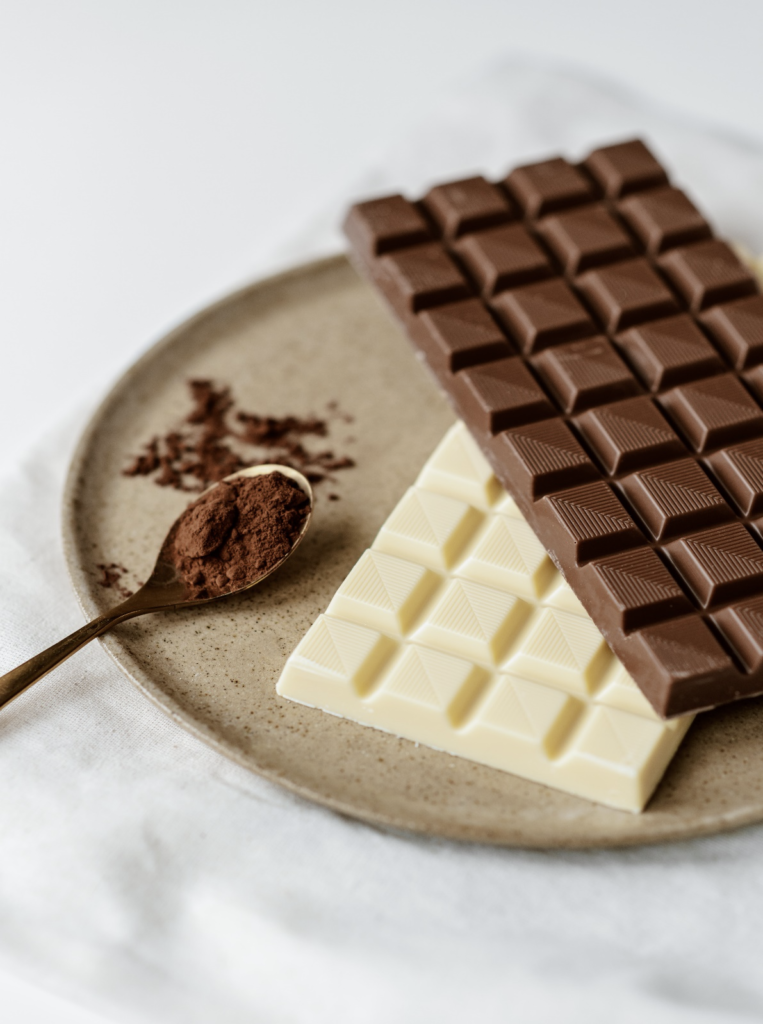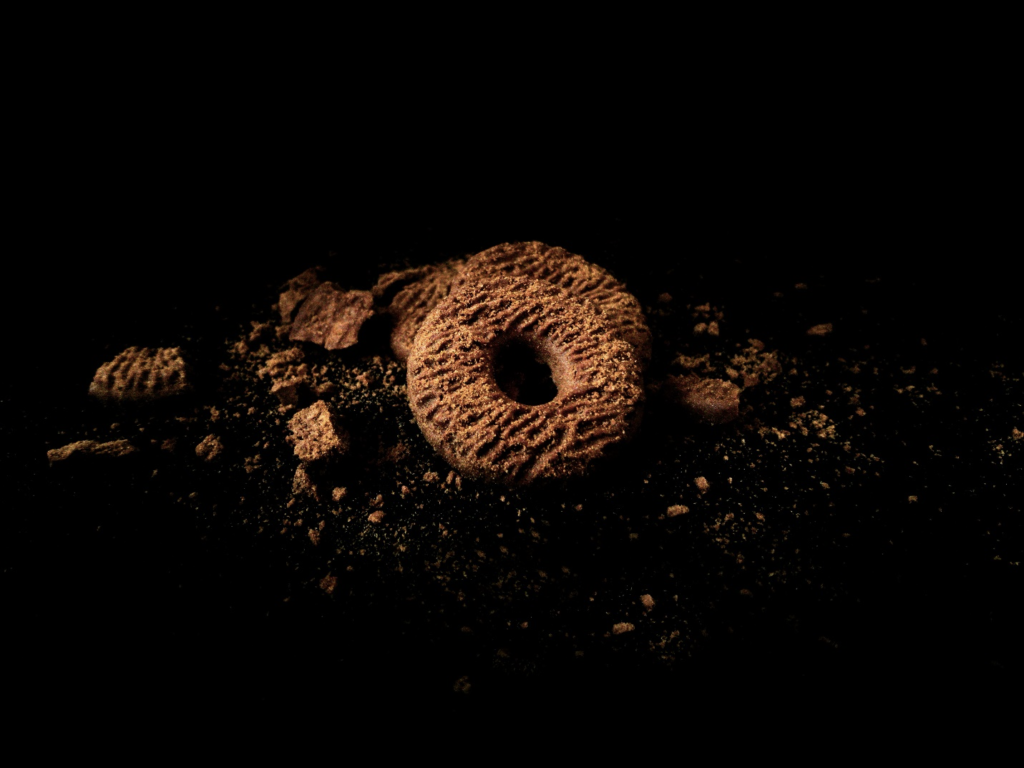Chocolate, a delight cherished by millions worldwide, possesses a captivating and extensive history that spans thousands of years. The evolution of this once bitter beverage among ancient societies into the delectable treat we cherish in the present is replete with captivating stories of exploration, commerce, and ingenuity.
The origins of chocolate can be found in Mesoamerica, which includes modern-day Mexico and Central America. Around 1900 BCE, it is thought that the pre-Columbian civilisation of the Olmec was the first to produce cocoa trees. They turned the beans into a paste and combined it with water, chilli peppers, and other spices to make a bitter drink that was consumed at social gatherings and during religious rites.
Cacao was later embraced by the Maya civilisation, who saw it as a sacred gift from the gods. They incorporated cacao into their civilisation, using the bean as money and the drink only for the aristocracy and special occasions. The cocoa tree was seen by the Maya as a link connecting the divine and the human world.
In the 14th to 16th centuries, as the Aztec Empire grew in power, they conquered nearby areas and came upon cocoa and its significance. The Aztecs created their own version of the cacao beverage, known as xocoltl, which translates to “bitter water,” under the influence of the Maya. Royalty and the warrior class both enjoyed xocoltl, which frequently included spices, honey, and vanilla to improve the flavour.

It’s interesting to note that the Aztecs believed cacao had aphrodisiac characteristics, and Emperor Montezuma is said to have consumed large amounts of xocoltl to improve his sexual prowess. This priceless beverage was discovered by the Spanish adventurer Hernán Cortés in the Aztec city of Tenochtitlan in 1519. Upon his return to Europe, he shared it with the continent.
Despite their initial distaste for the bitter taste of xocoltl, the Spaniards soon recognised the potential value of cacao as a valuable trading commodity. To improve its flavour, they started enhancing the beverage by incorporating honey or cane sugar, transforming it from a bitter concoction into a delectable sweet treat. As the Spanish Empire expanded, cocoa found its way across Europe and gained popularity among the upper class.
In the 17th century, establishments resembling modern-day coffee shops, known as chocolate houses, emerged. Here, the aristocracy gathered to socialise, indulge in chocolate, and conduct business. With the increasing demand for chocolate, cacao plantations were established in tropical regions, particularly in the Caribbean and parts of South America.
Chocolate grew in popularity throughout the 18th and 19th centuries, not just in Europe but also worldwide. The advent of new processing methods, such as Coenraad Van Houten’s invention of the cocoa press in 1828, were essential in transforming chocolate into a solid state.
The cocoa press made it possible to separate the cocoa butter from the cocoa solids, producing cocoa powder. This innovation increased the productivity and affordability of chocolate production, enabling the invention of the solid chocolate bars and other desserts that we have become familiar with today.

One of the most significant turning points in the history of chocolate occurred during the Industrial Revolution in the 19th century. Thanks to improvements in technology, transportation, and refrigeration, chocolate could now be produced in large quantities.
The first chocolate bar was created in 1847 by the British chocolatier J.S. Fry & Sons using a mixture of sugar, cocoa butter, and cocoa powder. As a result of this invention, chocolate is now more widely available to people of all social classes.
Switzerland, which is known for its outstanding chocolate, has had an influence on the chocolate confectionery industry. A smooth and creamier texture was achieved by mixing condensed milk with cocoa powder, which was first created by Swiss chocolatier Daniel Peter in 1875. The product was developed further by the inclusion of cocoa butter, resulting in the milk chocolate we know and love today.
Rudolf Lindt, a different Swiss chocolatier, revolutionised chocolate the production in 1879 when he created the conching machine. The texture and flavour of the chocolate were improved by this device’s excellent grinding of the chocolate’s chunks into a smooth, velvety quality.
During WWII, chocolate was very essential. Governments realised how important chocolate bars were for boosting soldier morale, so they started including them in soldiers’ rations on a regular basis. In order to create special “wartime chocolate” that could resist extreme conditions, businesses like Hershey’s and Cadbury were employed.
As thousands of chocolate bars were distributed to soldiers and civilians affected by the war by groups like the American Red Cross, chocolate also came to represent care and empathy.
Multinational chocolate firms like Hershey’s, Mars, and Nestlé began to emerge in the 20th century. Along with producing chocolate in increasingly inventive ways, these businesses also had to deal with mounting ethical questions regarding their supply networks.
Child labor, deforestation, and unequal pay in cacao-producing areas have drawn attention to the need for ethical and sustainable business practices in the chocolate sector. In order to encourage cacao procurement responsibly and enhance working and living conditions for cacao growers and employees, certification programs like Fair Trade and Rainforest Alliance have evolved.

An increasing interest in artisanal and specialty chocolate has emerged in recent decades. By emphasising quality, distinctive flavour profiles, and ethically gathered ingredients, small-scale chocolatiers and bean-to-bar manufacturers have become more well-known. By showcasing the terroir and skill that go into creating fine chocolate, these artists emphasise the variety of cacao kinds from various geographical areas.
The history of chocolate, from its modest origins in Mesoamerica to its current level of global accolades, is a monument to the passion of humans for discovery, trade, and invention. Chocolate’s intriguing history has had a lasting impression on countries and society throughout the years, from the sacred elixir of ancient civilisations to the sweet delight cherished throughout. May we bear in mind the ancient civilisations that first acknowledged chocolate and the intricate historical chain that brought it to our modern-day tables as we continue to enjoy this delicious nourishment.
Sources
- https://en.m.wikipedia.org/wiki/History_of_chocolate
- https://www.history.com/topics/ancient-americas/history-of-chocolate
- https://campcochocolates.com/origin-and-brief-history-of-chocolate/
- https://www.kronchocolatier.com/blogs/news/who-invented-chocolate
- https://delysia.com/blog/chocolate-bars-part-military-rations/#:~:text=The%20Chocolate%20Bars%20of%20WWII,to%20be%20about%20four%20ounces.




